Date: 15 May 2015
The Permasteelisa Group, through its American subsidiary Permasteelisa North America, was involved in the construction of the new Whitney Museum of American Art in New York.The Museum opened its doors to the public on May 1st with the exhibition America Is Hard to See.
The new Whitney Museum is located between Gansevoort and Washington Street, in Manhattan’s Meatpacking District and was designed by the Italian architect Renzo Piano (Renzo Piano Building Workshop, architects in collaboration with Cooper Robertson). The history of the museum carries an important inheritance. It was founded in 1930 by Gertrude Vanderbilt Whitney in Greenwich Village, then moved in 1966 to the Marcel Breuer-designed building on Madison Avenue at 75th Street.
The new building is a very ambitious project, both for its cultural significance and for the dimensions and the shape of its structure. The building, 87 m long, 38 m wide and 53 m high, has a very complex form that has required the extensive use of the 3D modelling as the façades are inclined at different angles towards the inside and the outside. The Permasteelisa Group has dealt with many challenges to complete the 10,000 sqm of façade area, due to the variety of façade types and to the dimensions and the shape of the panels that were designed, produced and installed on the project.
The process that has led to the design and construction of glasses covering the Well also was very complicated: all heat bent glasses have different levels of curvature. The 4 panels located in the lower area, near the end of the cone, are characterized by a radius of curvature of 500 mm, which is typical of airplanes’ cockpits but certainly not for architectural glasses of 4.5 meters of height used for the project. Finally, the entire Crystal is coated with self-heating glasses, whose system operates in the case of snow accumulation, and is supported by a 650 tonnes steel structure.
The 6,500 sqm main façade consists of a double skin made of aluminum units (1m wide and up to 11 m long) covered by 8 mm thick and extra-long steel sheets suspended on the front (weight up to 2.5 tons and length up to 21 m) that go over several stories giving the building a grey monolith aspect that perfectly fits with the industrial character of the Meatpacking District. The extra-long and thin steel sheets were produced by Josef Gartner GmbH, a subsidiary of the Permasteelisa Group, in Germany and delivered to New York using a Roll-on/Roll-off Special Cargo. From the port in New York, the oversized sheets were transported to the building site and installed with a suction lifter which was especially designed for this purpose.
On the North and East elevations of the museum glazed façades were installed to enable natural lighting to feed the interiors; the stick system façade uses high performing double glazed glasses combined with sun shading systems. The 600 sqm lobby area is cladded with a filigree pretensioned cable wall which provides total transparency to the entrance hall. This technical choice contributes to make the museum an open space that communicates its accessibility starting from its architectonical structure. The new Whitney museum lies between the Hudson and the High Line, Manhattan’s elevated urban park, stepping down to it and embracing it into the project.
The top floor, that hosts the cafeteria, is naturally lit by a steel and glass skylight roof in saw-tooth configuration that contributes to illuminate the ambient with diffused and uniform light.
The new Whitney Museum is an eight-story building, for an overall exhibition space of 5,800 sqm, of which 4,600 sqm are of indoor galleries and 1,200 of outdoor exhibition space and terraces facing the High Line. An education center offering state-of-the-art classrooms, two theaters and various amenities offered to the public, including a 6,000 sqm hall, a restaurant, a cafè, retail spaces and offices, will contribute to create the new cultural core of the Big Apple.

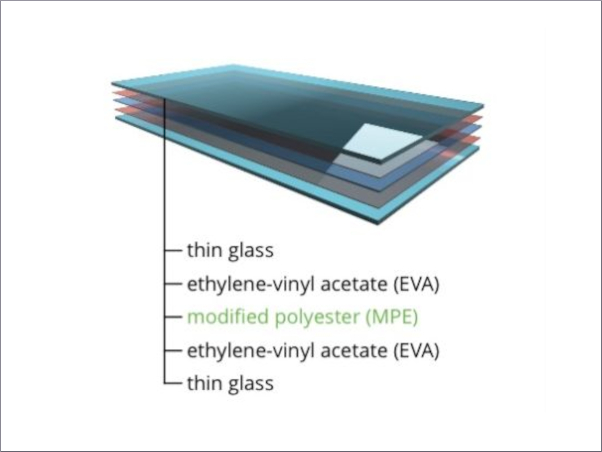
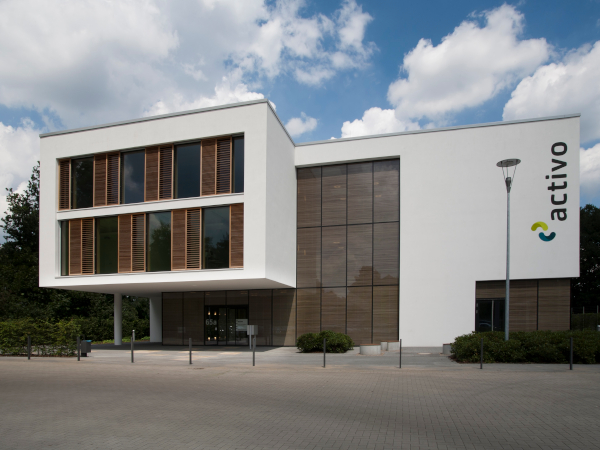
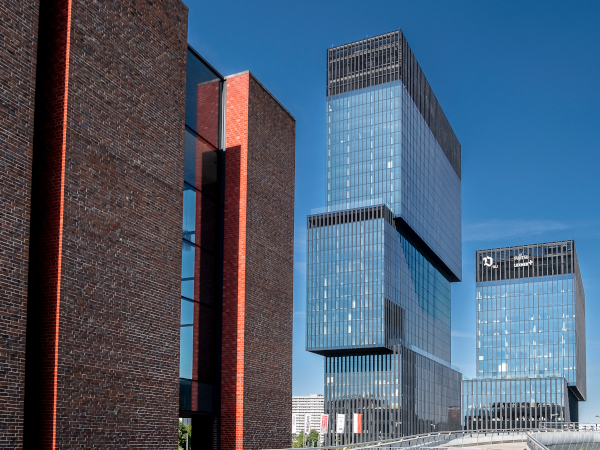
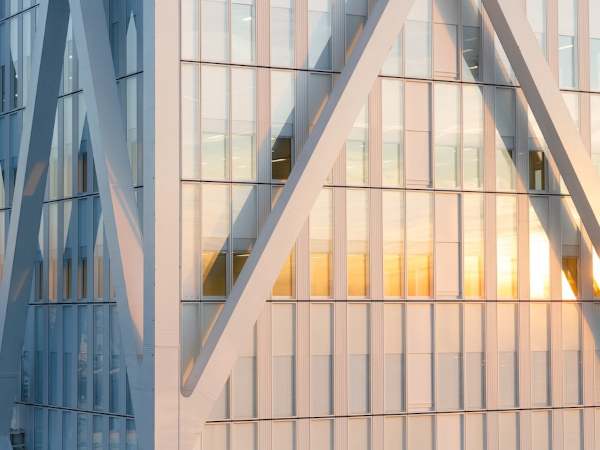





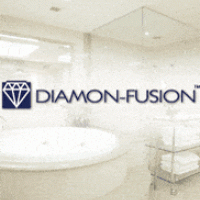




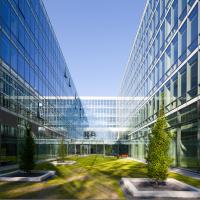
Add new comment